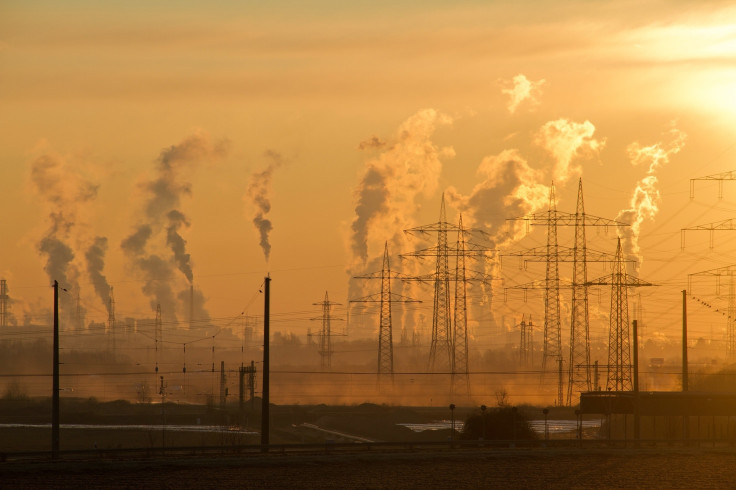
The Fifth National Climate Assessment (NCA5), a comprehensive report on the impacts of climate change in the United States, was published this Tuesday, showing that all regions of the country are already increasingly feeling the effect of a warming planet.
The report makes it clear that the impacts of a rapidly warming climate are being felt in every corner of the US and will worsen over the next 10 years as planet-warming pollution continues to rise. It also details how climate change will alter nearly every facet of life in the country, which is warming faster than the global average.
"Overall, we expect climate change to significantly impact the economic opportunities of nearly all American families — affecting their income, what they spend to maintain their standard of living, and the value of their assets, particularly real estate," said Solomon Hsiang of UC Berkeley, the lead author of the economics chapter.
In the Southeast, for example, crop yields are being reduced as a result of nighttime temperatures rising faster than during the daytime. In the Northeast extreme precipitation events have increased by 60 percent.
The NCA5 also calls attention to the disproportionate impacts climate change has on minorities and marginalized communities, who tend to bear the brunt of climate consequences. The report highlights that in the South of the country, neighborhoods with a higher proportion of minorities and low-income residents have the highest inland exposure to flooding.
For Latinos, the impacts of climate change are particularly significant. A report by the EPA titled "Findings on Disproportionate Risks of Climate Change to Hispanic and Latino Individuals" highlights the higher risks of climate change to this community.
The report found that Hispanic and Latinos are more likely than their reference population to live in areas with the highest increases in childhood asthma diagnoses from climate-driven changes in PM2.5, the highest rates of labor hour losses for weather-exposed workers due to extreme temperatures, and the highest increases in traffic delays associated with high-tide flooding.
However, the Latino community is also taking action. Around eight-in-ten Latinos say they are making an effort at least some of the time to live in ways that help protect the environment5. Additionally, the share of Latinos working in solar and wind is 2-3% higher than the average share of Latinos working across all industries, showing substantial potential for good jobs in the clean energy sector with the right policies in place.
The NCA5 also describes the mitigation efforts being undertaken nationwide: "Annual US greenhouse gas emissions fell 12% between 2005 and 2019," reads a passage from the report. This is mostly due to many using natural gas instead of coal for electricity generation. The onshore wind capacity, solar energy and sales of electric vehicles have also gone up, while their costs have gone down. The report highlights the net economic benefits of transitioning to clean energy systems.
However, the pace is not close to being enough to prevent the larger effects of climate change. The study says that net emissions would have to drop by more than 6 percent every year on average for the country to meet the latest goal set by the Biden administration: cut emissions by at least 50 percent by 2030 compared to 2005 levels. The report shows that the U.S. is the biggest historical emitter, being alone responsible for 17 percent of current global warming.
Overall, the world is not on track to meet the goals set in the Paris Agreements. which aim for the global temperature to stay below 1.5°C compared to pre-industrial levels. At this pace, the world is on pace to warm above 2°C. If this ends up being the case, the average increase in U.S. temperatures will be between 2.4°C and 3.1°C.
© 2025 Latin Times. All rights reserved. Do not reproduce without permission.





